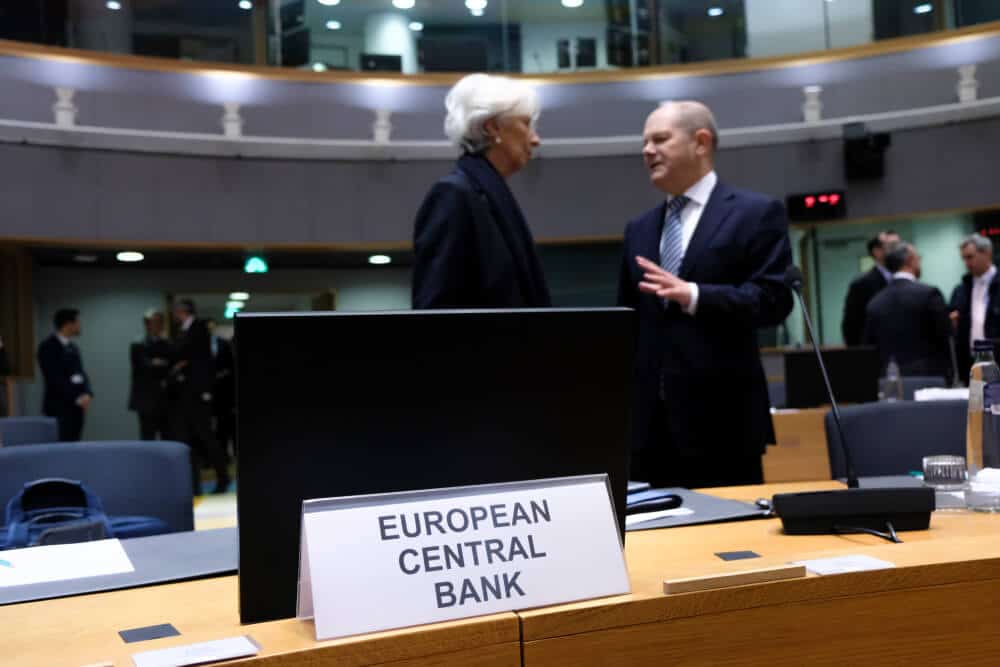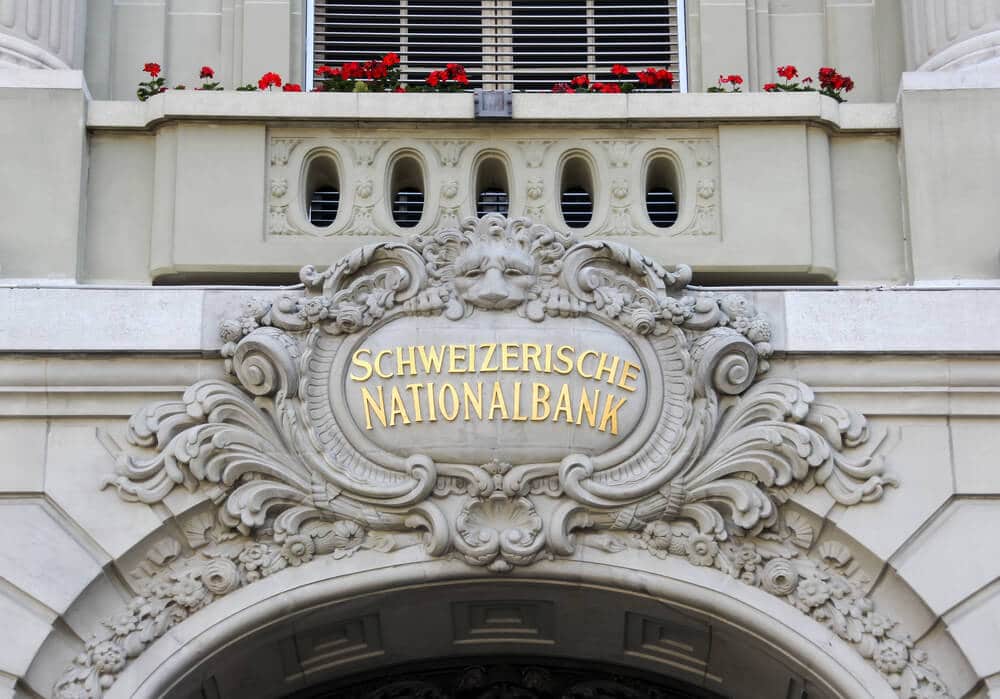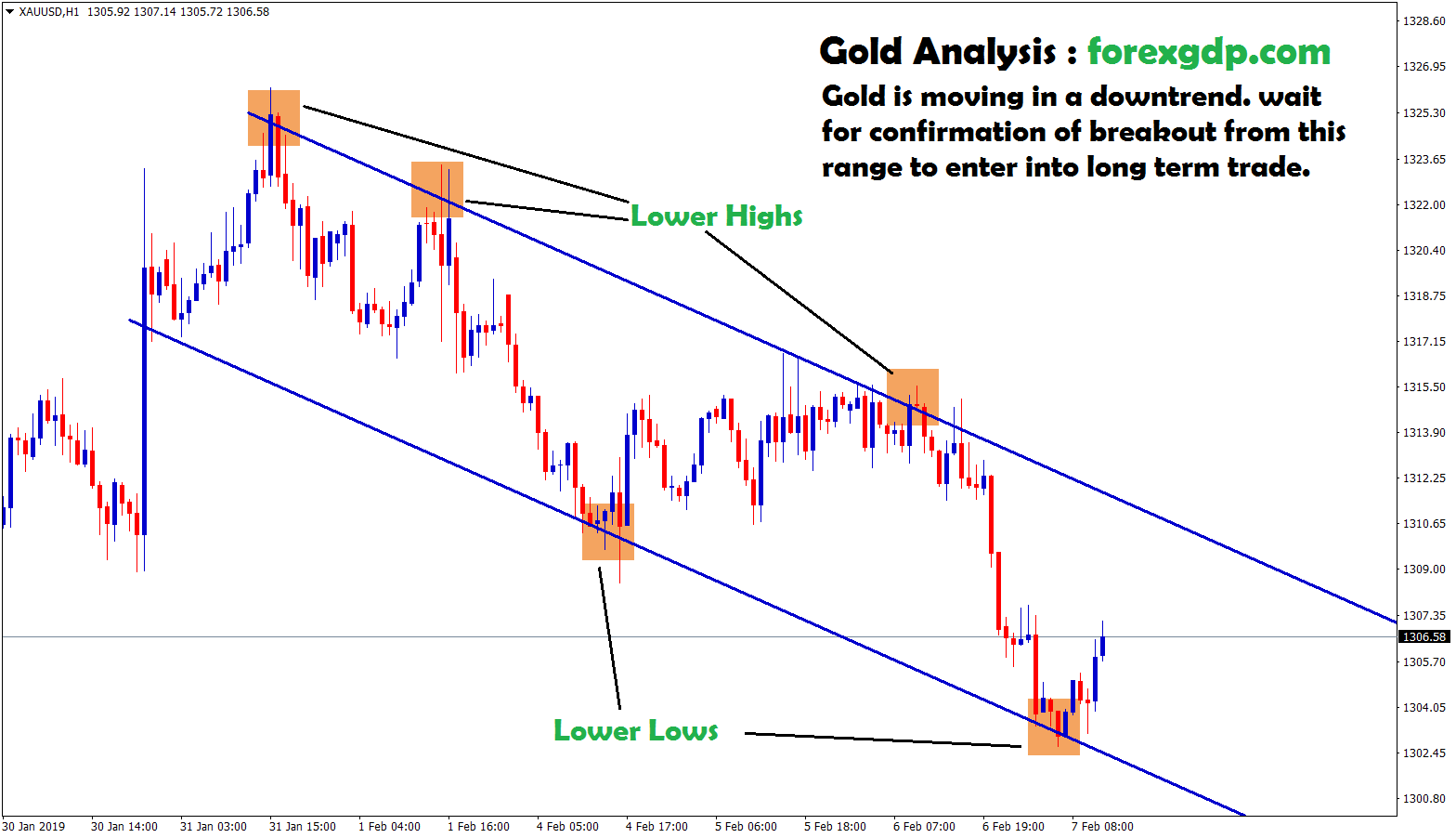XAUUSD is moving in an Ascending Triangle, and the market has reached a higher low area of the channel
#XAUUSD Analysis Video
Gold has always had a unique charm. When the world feels shaky—economically or politically—people often turn to gold. And lately, it’s been making headlines again. So, what’s behind gold’s recent rise in demand? It’s not just about shiny metal or luxury. It’s about something much bigger—uncertainty, confusion, and changing expectations around key economic policies.
Let’s break it all down and understand why gold is once again catching the eye of investors and everyday people alike.
Trade Tensions and Global Worries Keep Gold in the Spotlight
When global trade relationships start to crack, people get nervous. That’s exactly what’s happening right now. A lot of it ties back to some unpredictable moves by the U.S. government on international trade, especially with new tariffs being thrown around. Gold is often the first place people go when things like this happen.
The Tariff Situation
Recently, the U.S. administration has announced fresh tariffs, some of which are aimed at major economies. These tariffs are expected to kick in soon, and they’ve already caused ripples across global markets. Even the possibility of more tariffs on the European Union—even if a deal is reached—has created a layer of doubt that’s hard to ignore.
What happens when global trade feels unstable? People start looking for safer places to keep their money. And gold is one of the most trusted assets during uncertain times. That’s one of the reasons we’re seeing renewed interest in it right now.
The Fed’s Mixed Signals Add to the Confusion
Another big reason gold is making moves? It’s tied closely to the U.S. Federal Reserve. More specifically, what the Fed plans to do with interest rates.

Will They or Won’t They Cut Rates?
That’s the million-dollar question. There have been a lot of mixed messages coming out recently. Some officials from the Fed have suggested a rate cut might be needed soon, especially with growing concerns about the economy. Others are saying it might be better to wait.
This uncertainty is important because interest rates have a big impact on gold. When rates are low, gold often becomes more attractive. That’s because it doesn’t pay interest like other assets do, so low interest rates help level the playing field.
With the Fed sending mixed signals, the U.S. dollar has taken a hit. A weaker dollar usually means higher gold prices because it becomes cheaper for people using other currencies to buy it. So once again, gold benefits.
Consumer Sentiment and Inflation Expectations Also Play a Role
It’s not just big government moves or central bank decisions driving gold’s recent attention. It’s also about how everyday people are feeling—and what they expect for the near future.
Rising Optimism Among Consumers
Interestingly, recent data shows that U.S. consumers are starting to feel a bit more positive about the economy. The University of Michigan’s latest survey reported an unexpected jump in consumer sentiment. People are feeling better about both current and future economic conditions.
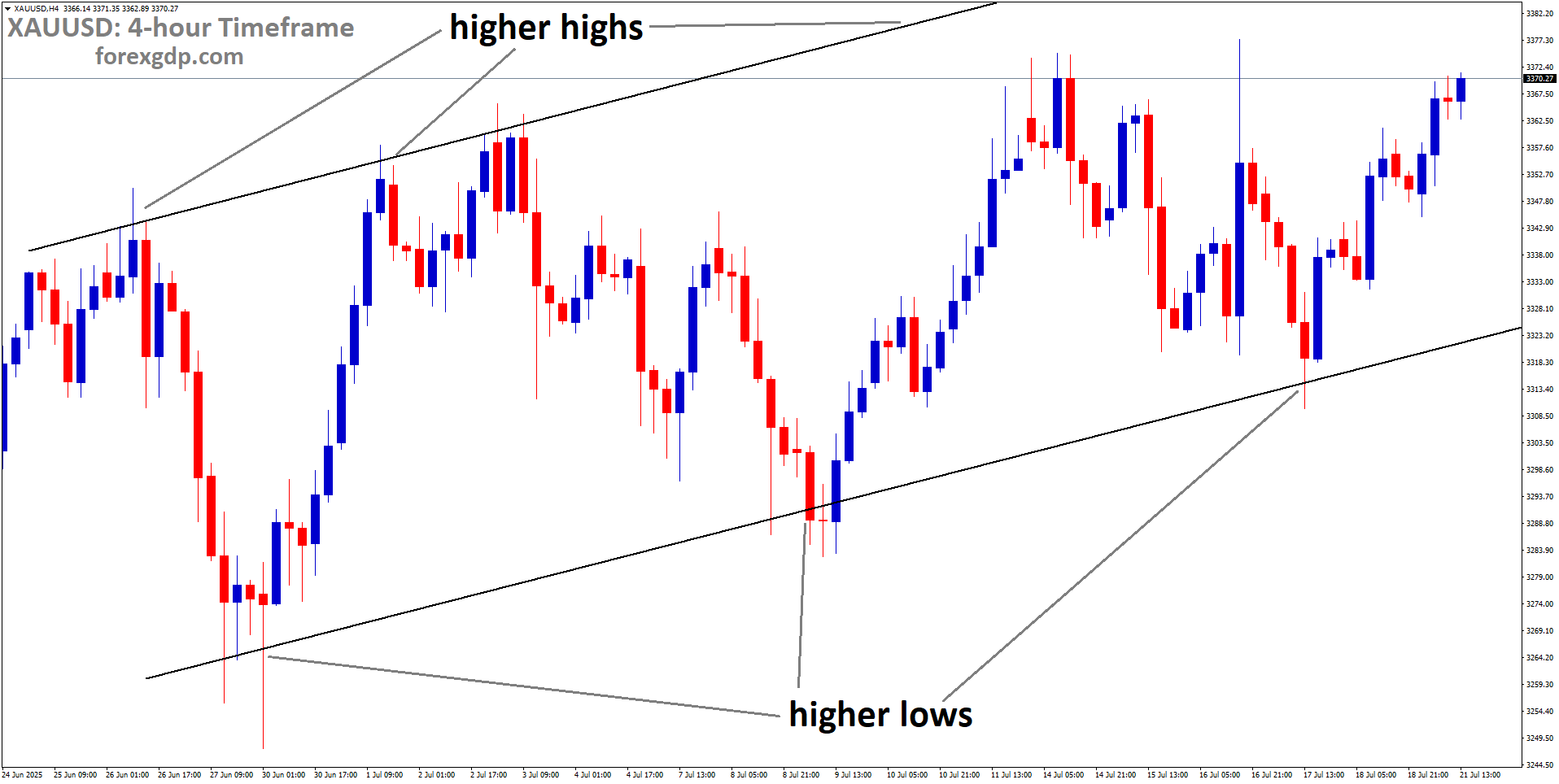
XAUUSD is moving in an uptrend channel
While that might seem like bad news for gold—since confidence usually drives people toward riskier investments—it actually helps balance things out. This optimism might slow down the push for immediate rate cuts, which again keeps the dollar in check and keeps gold steady.
Inflation Expectations Are Shifting
At the same time, the Federal Reserve Chair has mentioned that inflation could rise this summer, especially with the impact of tariffs being passed on to consumers. That’s another key point. When inflation rises, gold becomes more attractive because it tends to hold its value while the value of paper money weakens.
So with inflation concerns on the table, more people are looking at gold not just as a safe haven, but as a smart hedge against rising costs.
What’s Next for Gold? Staying Cautious While Watching the Signs
With all this going on, it might be tempting to jump right into gold. But the truth is, the market is still waiting for a clear direction. There’s been a lot of back-and-forth, and gold has been trading in a pretty narrow range lately.
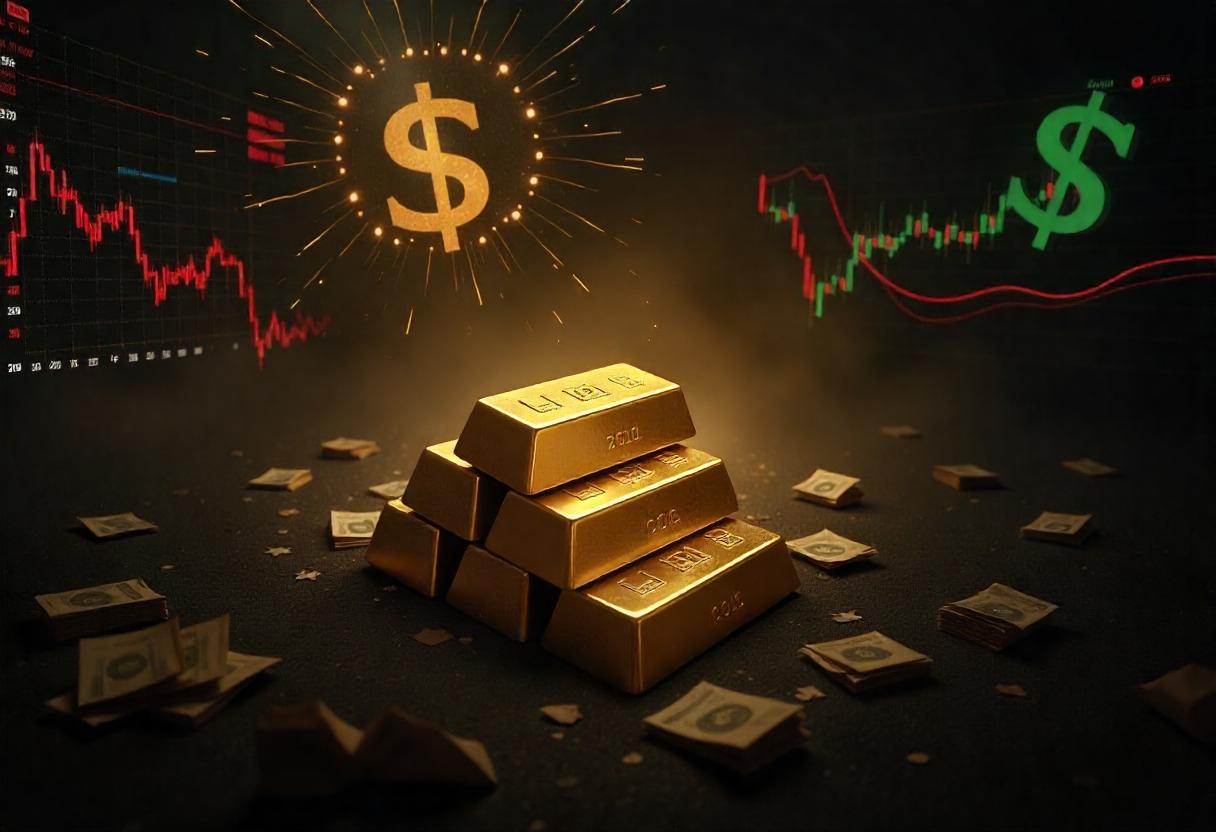
That doesn’t mean it’s not worth watching—it absolutely is. But for now, the movement isn’t wild. Many traders are staying patient, waiting to see whether all these economic and political pressures will push gold beyond its recent holding pattern.
No major U.S. economic reports are due out immediately, so the next big moves could come from fresh headlines or global economic data due later in the week. Until then, gold is likely to keep getting quiet support from all these mixed signals and nervous vibes in the market.
Wrapping It Up: Gold’s Still Got Its Glow
There’s a reason gold continues to be a go-to asset when things get uncertain. Whether it’s political drama, economic confusion, or shifting expectations from the Federal Reserve, gold tends to shine when other parts of the market get cloudy.
Right now, trade tensions, unclear signals about interest rates, and questions about inflation are all creating a perfect mix for gold to stay relevant. While it hasn’t broken out dramatically yet, the potential is definitely there. And with more news likely on the horizon, it wouldn’t be surprising to see gold stay in the conversation.
So if you’ve been wondering why everyone’s talking about gold again—now you know. It’s not just about price. It’s about trust, timing, and trying to make sense of a world that’s changing fast.


